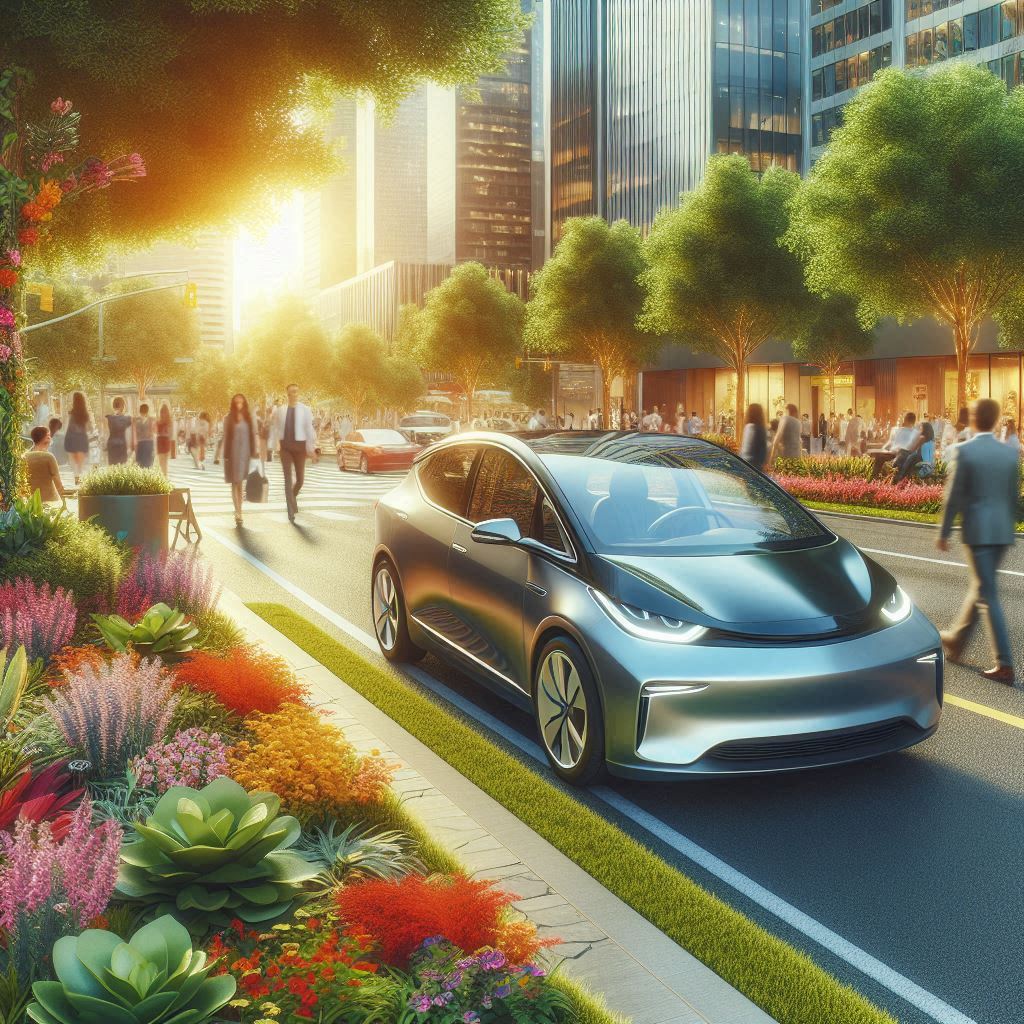The rise of electric vehicles (EVs) is one of the most exciting technological advancements of the 21st century. With climate change becoming an ever-growing concern, the shift toward electric cars has the potential to revolutionize the transportation industry and contribute significantly to a cleaner, greener planet. But what does the future of electric vehicles look like, and how is it shaping the way we drive?
A Clean Energy Revolution
Electric vehicles are powered by electricity instead of gasoline, which makes them a cleaner alternative to traditional internal combustion engine vehicles. EVs produce zero emissions at the tailpipe, reducing harmful pollutants like carbon dioxide (CO2) and nitrogen oxides (NOx) that contribute to air pollution and global warming. This reduction in emissions is especially crucial in urban areas where air quality is a growing concern.
The future of EVs relies on cleaner sources of energy, such as solar, wind, and hydropower, to charge the vehicles. As the world moves toward renewable energy, the carbon footprint of EVs will continue to decrease, further improving their environmental impact. By combining clean energy with electric cars, we can take a significant step toward reducing our reliance on fossil fuels and mitigating climate change.
The Rise of EV Infrastructure
One of the challenges facing the widespread adoption of electric vehicles is the availability of charging stations. However, as the demand for EVs grows, so does the infrastructure to support them. Charging stations are being installed at an increasing rate, not only in major cities but also in rural areas, highways, and even parking lots. Furthermore, innovations in fast-charging technology are making it possible to recharge EVs in a fraction of the time it used to take.
Moreover, home charging stations are becoming more accessible and affordable, allowing EV owners to charge their vehicles overnight, just like a smartphone. With the expansion of charging infrastructure and the development of more efficient charging technologies, driving an electric vehicle is becoming more convenient and practical than ever before.
Affordable EVs for the Masses
In the past, electric vehicles were often seen as expensive, luxury items that were out of reach for the average consumer. However, as technology advances and production scales up, the cost of EVs is steadily decreasing. Automakers are now focusing on creating affordable electric models that cater to a broader audience.
Governments around the world are also offering incentives, such as tax credits and rebates, to make electric vehicles more affordable. This push toward making EVs accessible to everyone is likely to accelerate their adoption and further reduce their environmental impact.
Autonomous Electric Vehicles
The future of electric vehicles isn’t just about cleaner energy—it’s also about smarter technology. The integration of autonomous driving features is expected to play a major role in the evolution of electric cars. Self-driving electric vehicles are already being tested by companies like Tesla, and it’s only a matter of time before they become a common sight on the roads.
Autonomous EVs could make transportation safer, more efficient, and less congested. By eliminating human error, these vehicles could significantly reduce accidents and fatalities. Additionally, autonomous EVs could improve traffic flow and reduce energy consumption by optimizing routes and driving patterns.
Overcoming Challenges
While the future of electric vehicles is incredibly promising, there are still challenges to overcome. The limited driving range of EVs compared to gasoline-powered vehicles remains a concern for many potential buyers. Additionally, the environmental impact of battery production and disposal is still a topic of debate.
However, advancements in battery technology, such as solid-state batteries, could address these issues by providing longer driving ranges and reducing the environmental impact of battery production. As research and development in the EV industry continue to grow, it’s likely that these challenges will be overcome, making electric vehicles an even more attractive option for consumers.
Conclusion
The future of electric vehicles is bright, with advancements in technology, infrastructure, and affordability driving the industry forward. As the world moves toward a cleaner, greener future, EVs will play a crucial role in reducing emissions, improving air quality, and decreasing our reliance on fossil fuels. While challenges remain, the rapid growth of electric vehicles signals a positive shift in the transportation industry and the future of our planet.







